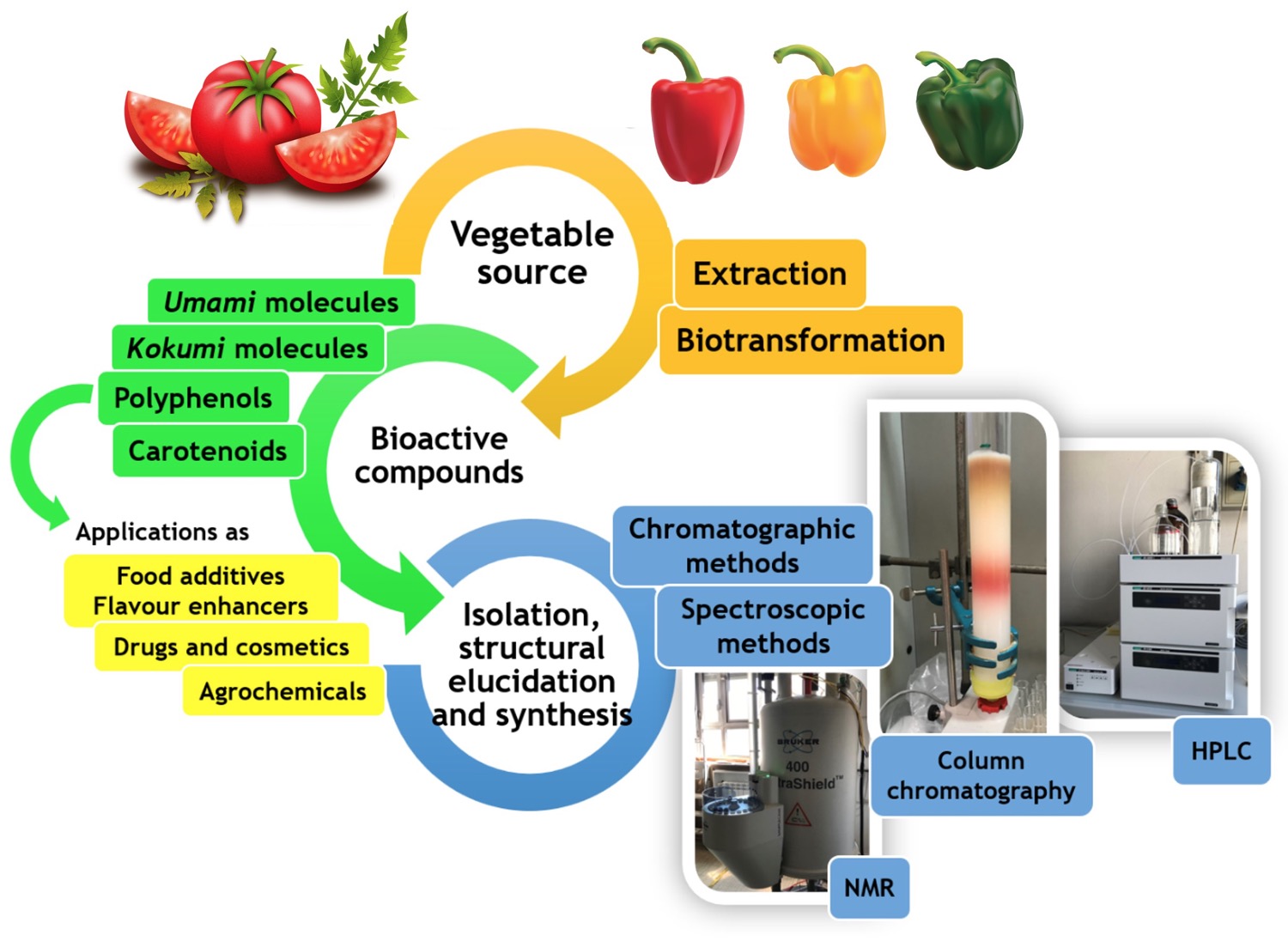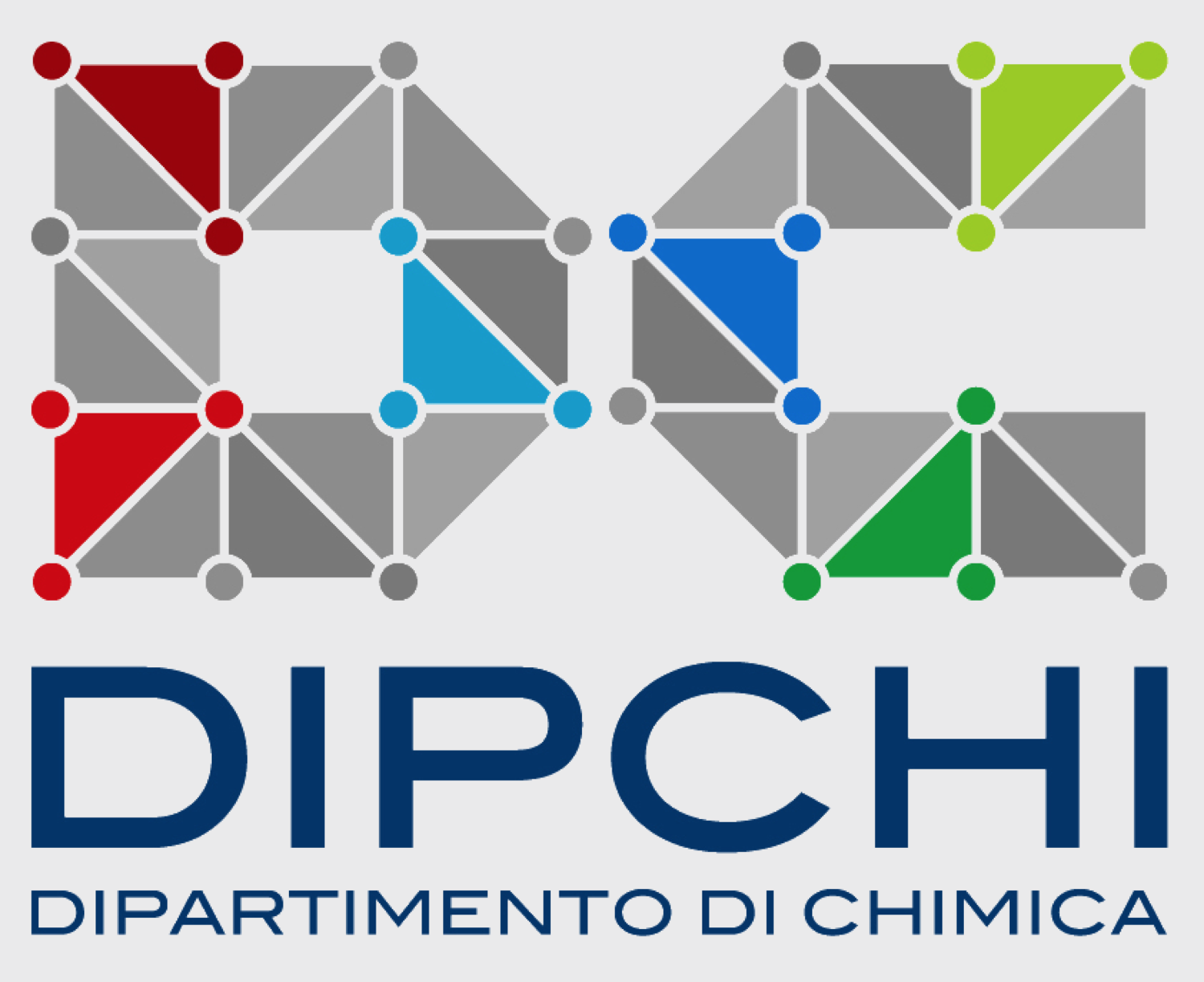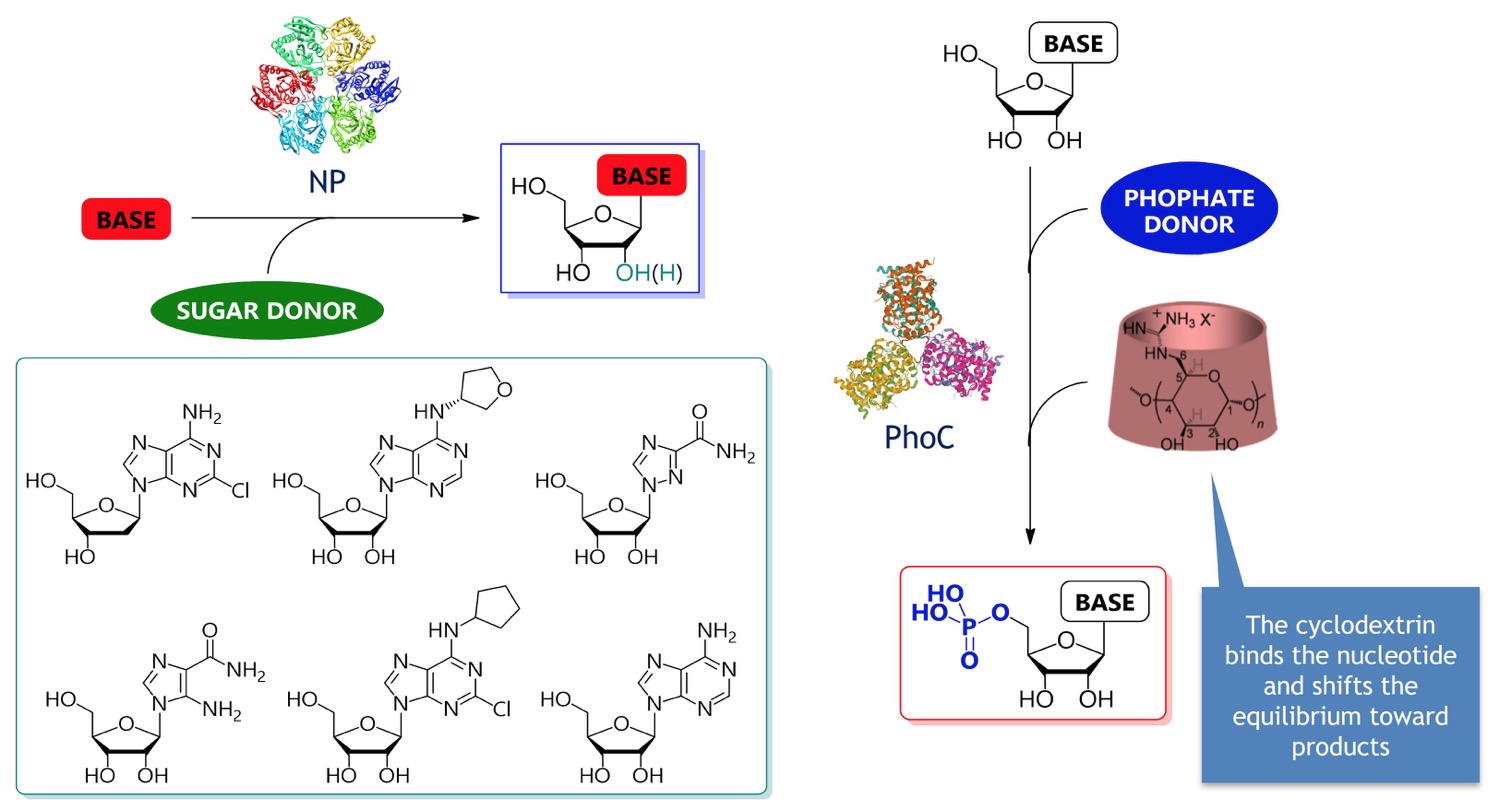
Chemo-enzymatic synthesis of sugar fatty acid esters as biosurfactants
The project aims at developing a sustainable chemo-enzymatic synthesis of Sugar Fatty Acid Esters (SFAEs), a family of non-ionic biosurfactants, and at evaluating their physico-chemical properties. These compounds can be used as emulsifiers in food or cosmetic industry because, among other features, they are fully biodegradable and can be produced from renewable resources, such as cheese whey permeate (the main waste stream of the dairy industry). The current industrial synthesis of these tensides requires harsh reaction conditions which result, in most cases, in complex mixtures. An alternative and more sustainable approach is investigated.
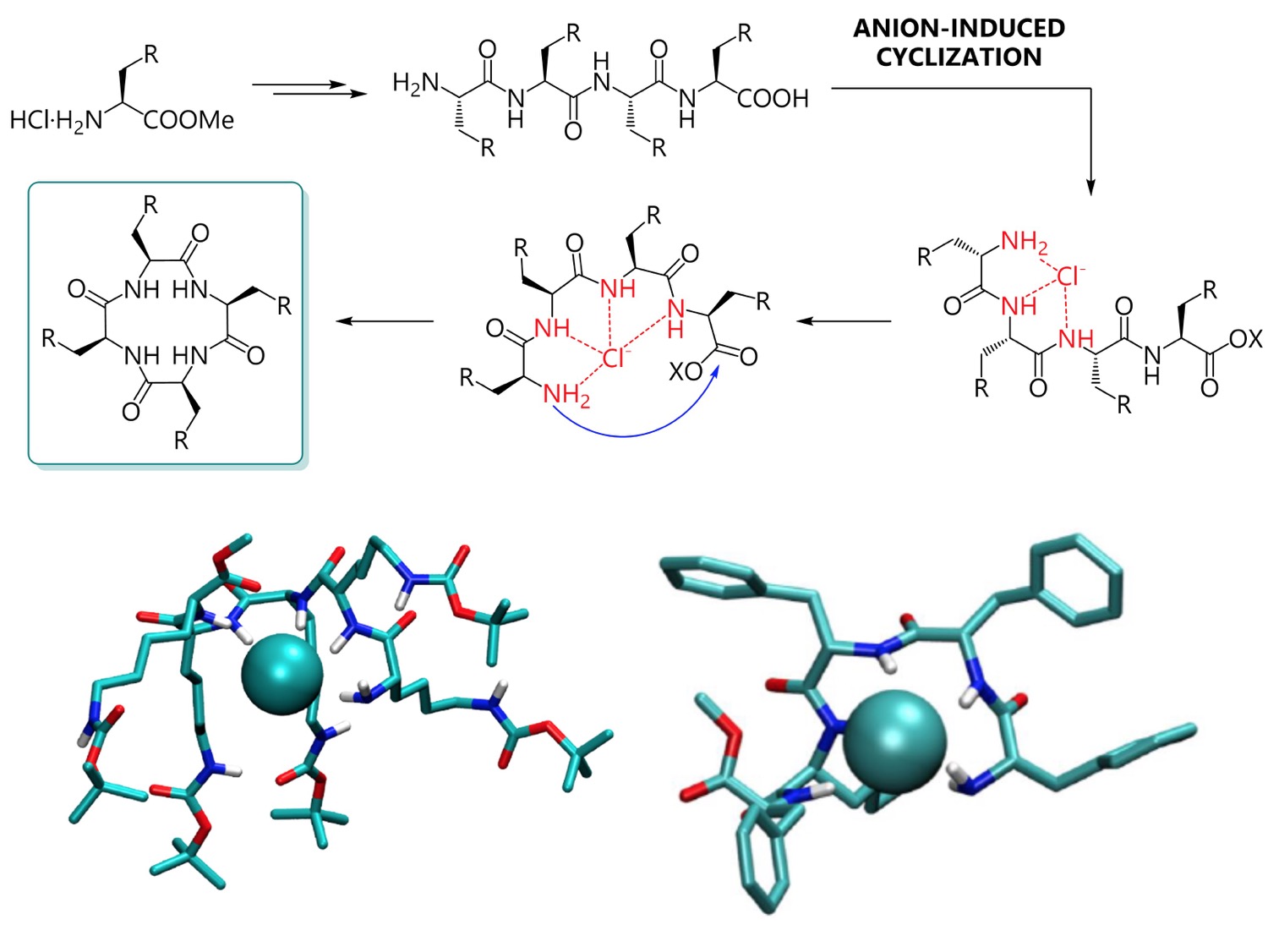
Enzyme-catalysed synthesis of naturally occurring flavor-enhancers and nutraceuticals
The project is aimed at the obtainment of naturally occurring gamma-glutamyl dipeptides as recognized flavor-enhancers and nutraceuticals through the use of g-glutamyltrasferases as biocatalysts. The enzyme-based approach offers several advantages with respect to the purely chemical method, which requires several protection/deprotection steps of interfering functionalities on the starting amino acids.
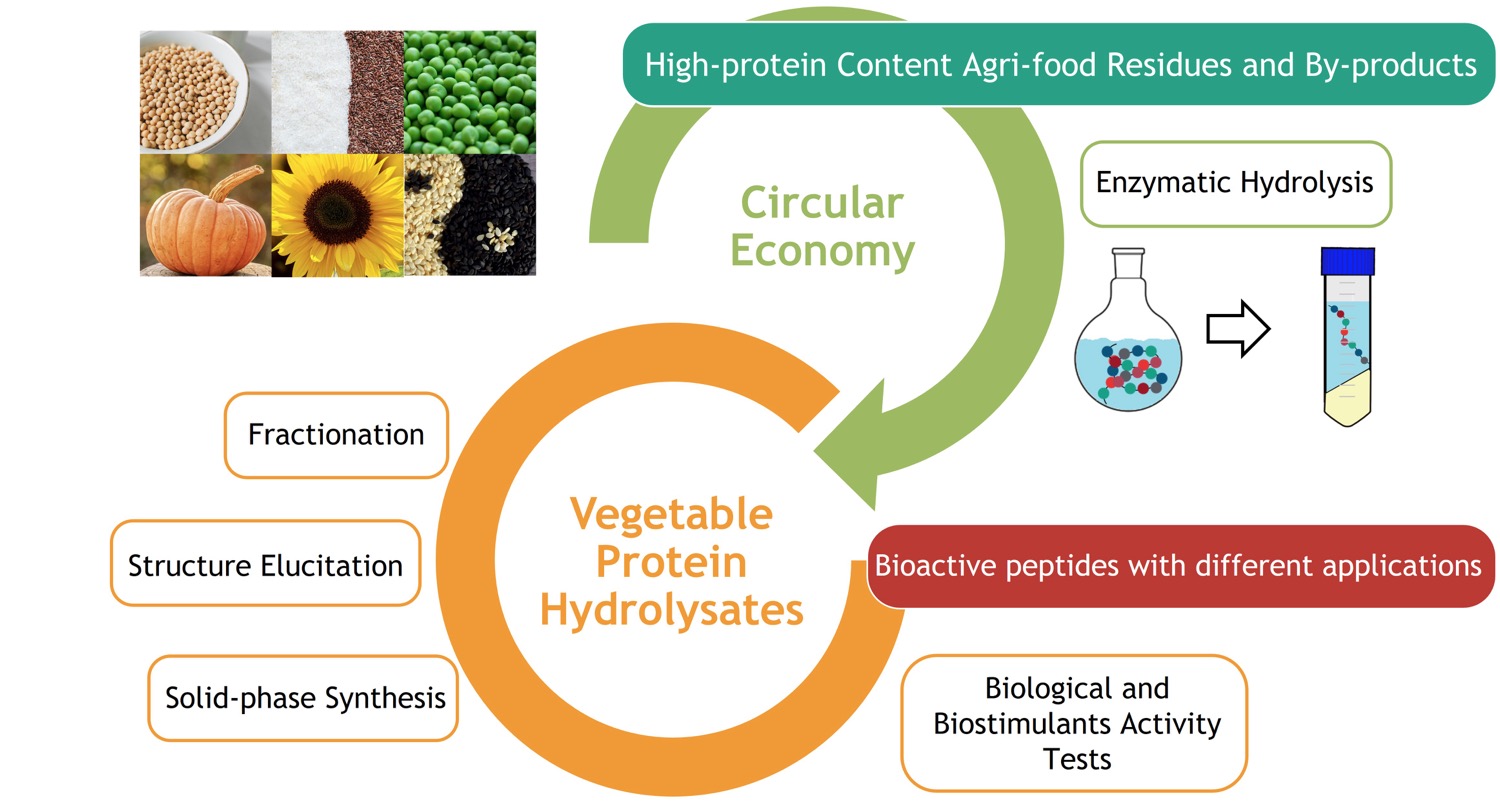
Bioactive natural products from plants
Plants produce a rich and diverse array of natural products which have been exploited for a wide variety of industrial applications (drugs, agrochemicals, cosmetics, food and beverage ingredients). Our research is focused on secondary metabolites with potential and/or demonstrated health‐promoting effects (nutraceuticals) and with taste-modulating properties (in particular umami and kokumi compounds).
Chemo-enzymatic synthesis of nucleosides and nucleotides
Nucleosides and nucleotides play key functional and structural roles in biological systems. Synthetic nucleoside and nucleotide analogs are designed to mimic their natural counterparts and are widely exploited in medicinal chemistry: e.g. nucleoside analogs represent the largest class of small molecule antivirals. Despite extensive research efforts, their synthesis still remains a challenge.
Our synthetic strategies rely on the use of two enzymes (in free or immobilized form):
• Nucleoside Phosphorylases (NP) for the regio- and stereoselective formation of the N-glycosidic bond
• Acid Phosphatases (PhoC) for the regioselective 5′-phosphorylation of nucleosides
Our synthetic strategies rely on the use of two enzymes (in free or immobilized form):
• Nucleoside Phosphorylases (NP) for the regio- and stereoselective formation of the N-glycosidic bond
• Acid Phosphatases (PhoC) for the regioselective 5′-phosphorylation of nucleosides

Synthesis of cyclopeptides
Cyclic peptides have attracted an increasing interest due to their unique chemical and biological properties. In particular, these compounds are able to selectively bind anions and represent an important class of ion transporters through cell membranes. Our project aims at investigating the complexation ability of properly designed cyclopeptides with a series of anions.
Cyclopeptides will be prepared by the recently developed anion-assisted head-to-tail lactamization of the corresponding linear precursors.
Cyclopeptides will be prepared by the recently developed anion-assisted head-to-tail lactamization of the corresponding linear precursors.

Valorization of protein-rich biomass
Protein-rich biomass waste nowadays is mostly unexploited and mainly used as animal feed or combusted for energy recovery. A key step of upgrading for protein-rich biomass involves the enzymatic hydrolysis of proteins and the study of the obtained Vegetable Protein Hydrolysates (VPH), which is focused on their functional and biological properties. VPH are a source of bioactive peptides that have a potential as health-promoting functional foods, dietary supplements, flavor enhancers in food industry and biostimulants in horticulture. The project deals with the upgrading of agri-food residues and by-products by enzyme-aided processes to obtain high-added value products. This represents a clear example of "circular economy", where waste or by-products are managed sustainably by turning them into a resource.
